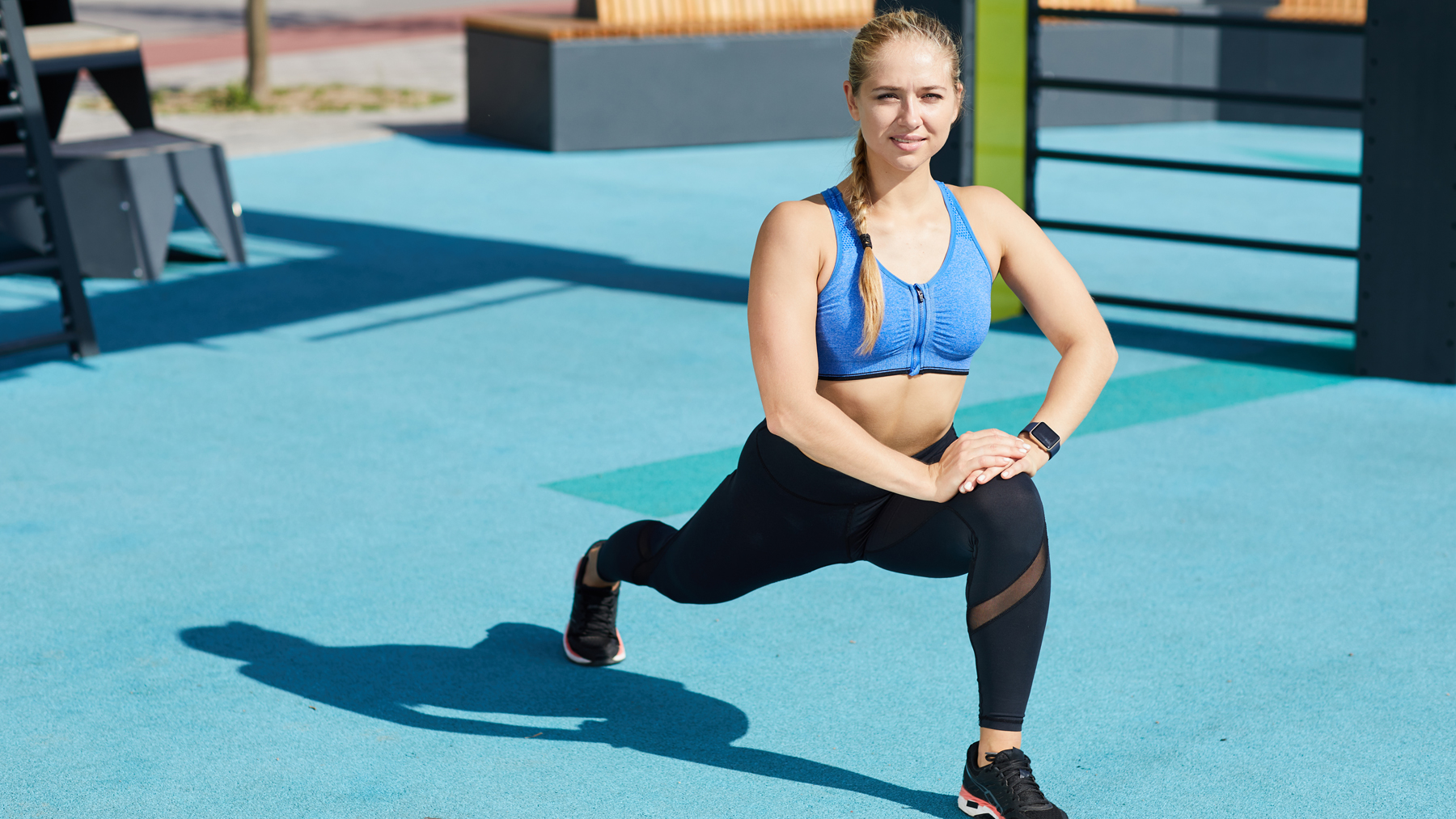
Hidden within our core and pelvis, the hip flexor muscles are an unsung hero of our musculoskeletal system, quietly performing essential roles in our exercise regimes and daily lives. However, for many fit and healthy people, it's easy to underestimate their importance.
This is until an injury occurs or when mobility issues creep up with age. Recent research published in the Archives of Gerontology and Geriatrics has shed light on the critical role of hip flexors in our physical well-being. The study focussed on older adults and found that those with weaker hip flexors showed a decline in overall physical function, highlighting the crucial role of these muscles.
While this particular study focuses on older adults, no matter your age, weak hip flexors can affect young and active people too. In fact, it's something I've become acutely aware of as a runner, and it was only this year that I began including strengthening exercises, like kettlebell hip marches, in my fitness routine, in efforts to increase the resilience of my hip flexors.
If you want to learn more about the importance of hip flexors and how to strengthen them, stick with us.
What are hip flexors?
The hip flexors constitute a group of muscles located at the front of your hip, playing a pivotal role in your body's biomechanics. Their primary function is to lift your leg and knee upward toward your torso.
The hip flexor group consists of several individual muscles, but according to NASM Master Instructor Annie Malaythong, the three main ones are the Psoas major, rectus femoris, and iliacus.
5 hip flexor strengthening exercises
We spoke to Helen O'Leary, a chartered physiotherapist and Pilates instructor to find out what her what her favorite hip flexor exercises are. See below for instructions and images...
Thigh Stretch
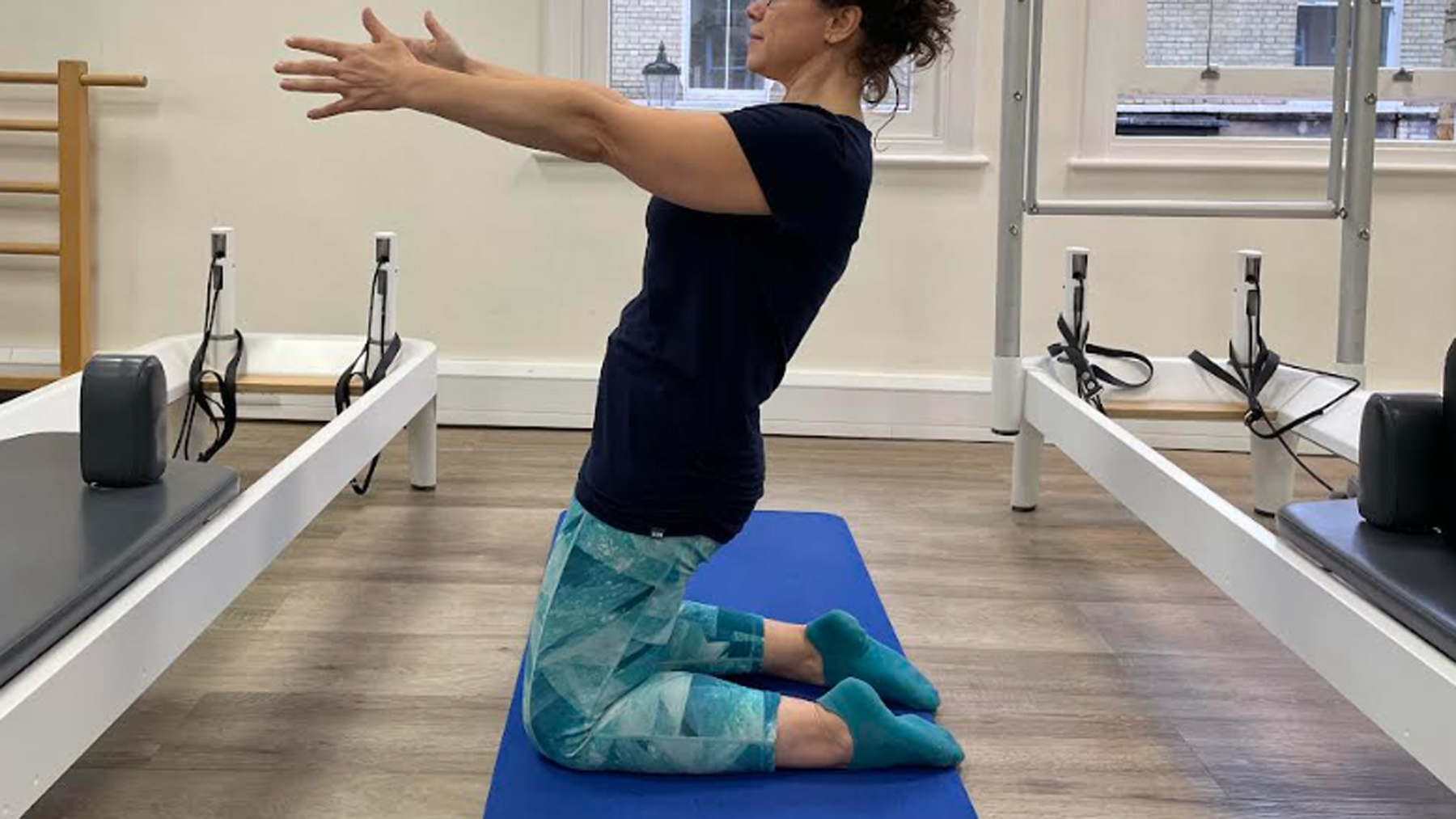
- Come into a kneeling position on the floor, be sure to place some padding underneath you, such as one of the best yoga mats.
- Reach your arms in front of you.
- Press your shins and feet into the floor for your pelvis to move forwards.
- Hinge back from your knees, keeping your ribs and pelvis in line rather than going into extension.
- Pause at the back and then press into your shins to come back up again.
- Repeat for 5-8 reps.
Bulgarian Split Squat
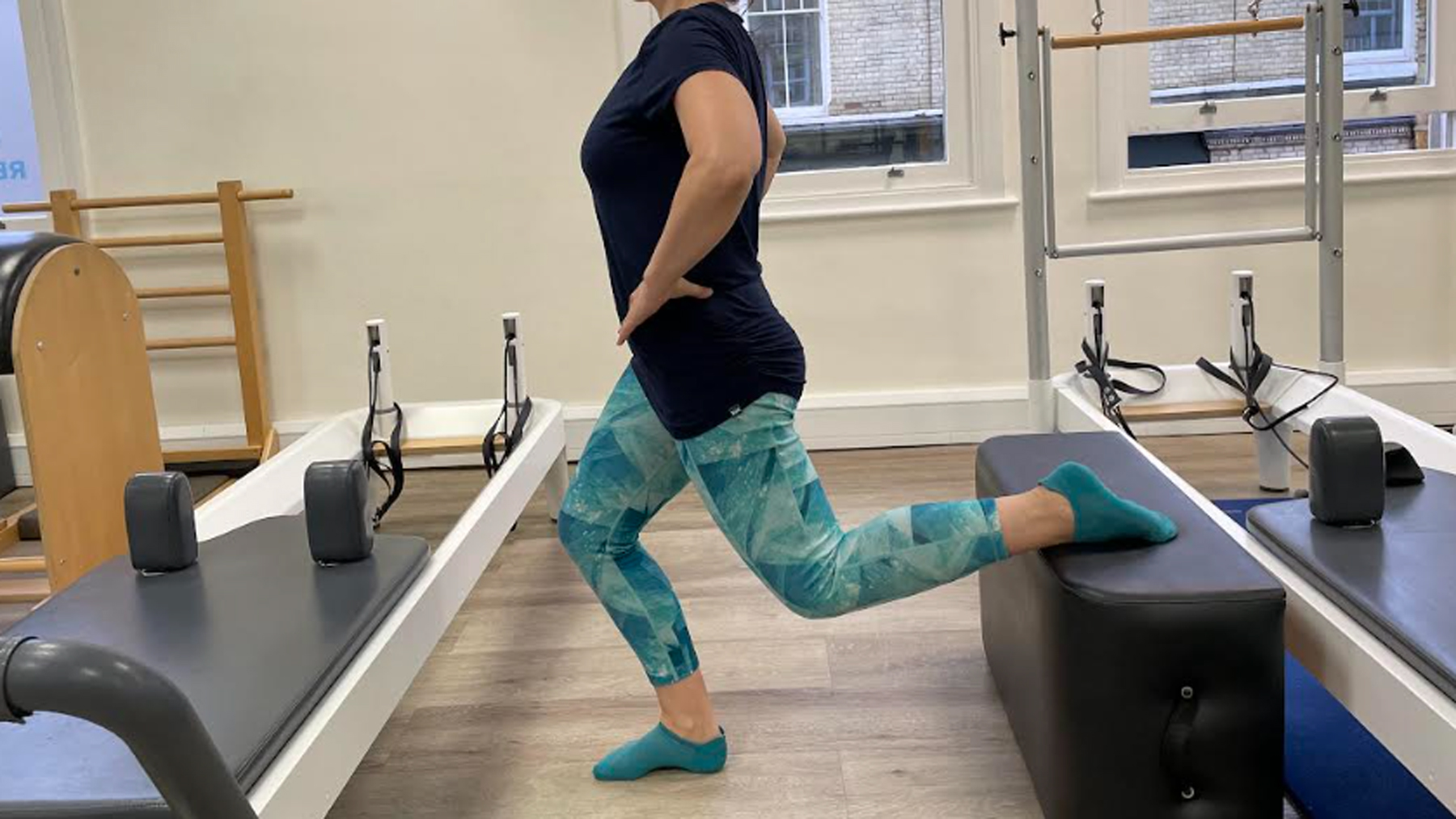
- Take your back leg up onto a bench, box or chair if you are exercising at home.
- Make sure your legs are under your sit bones, if they are really narrow you will struggle to keep your balance.
- Keeping your torso upright, bend the knees to drop down into a lunge. You should feel a stretch in the back leg.
- Pause at the bottom before pressing to come back up again.
- Repeat 12 reps each side.
Straight leg raise
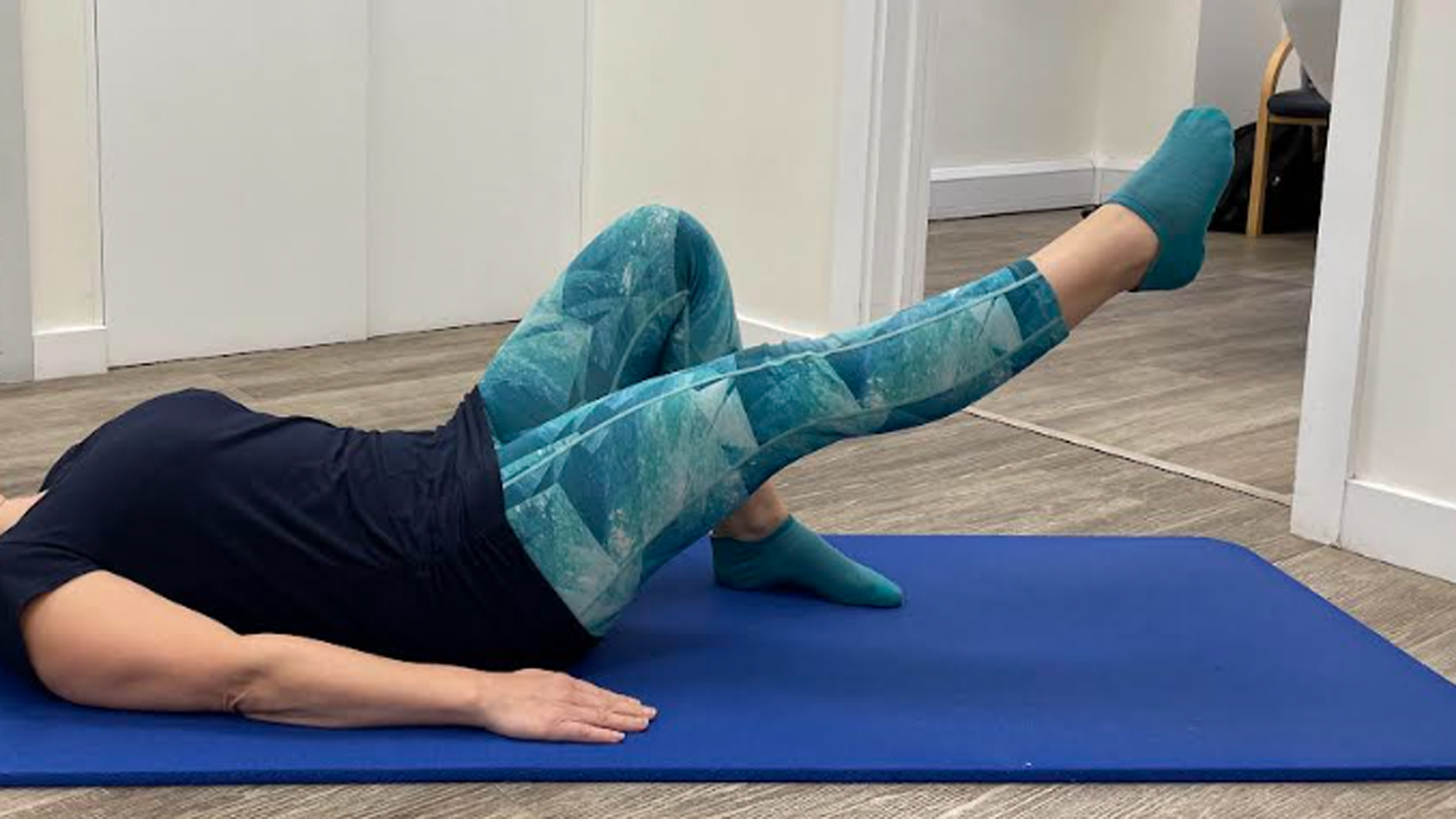
- Lay on your back with one leg bent, foot flat on the floor.
- Lift the other leg to table top and then extend the leg.
- Slowly lower it towards the floor and quickly lift it back up again.
- Repeat 20 reps each side
Standing hip flexion
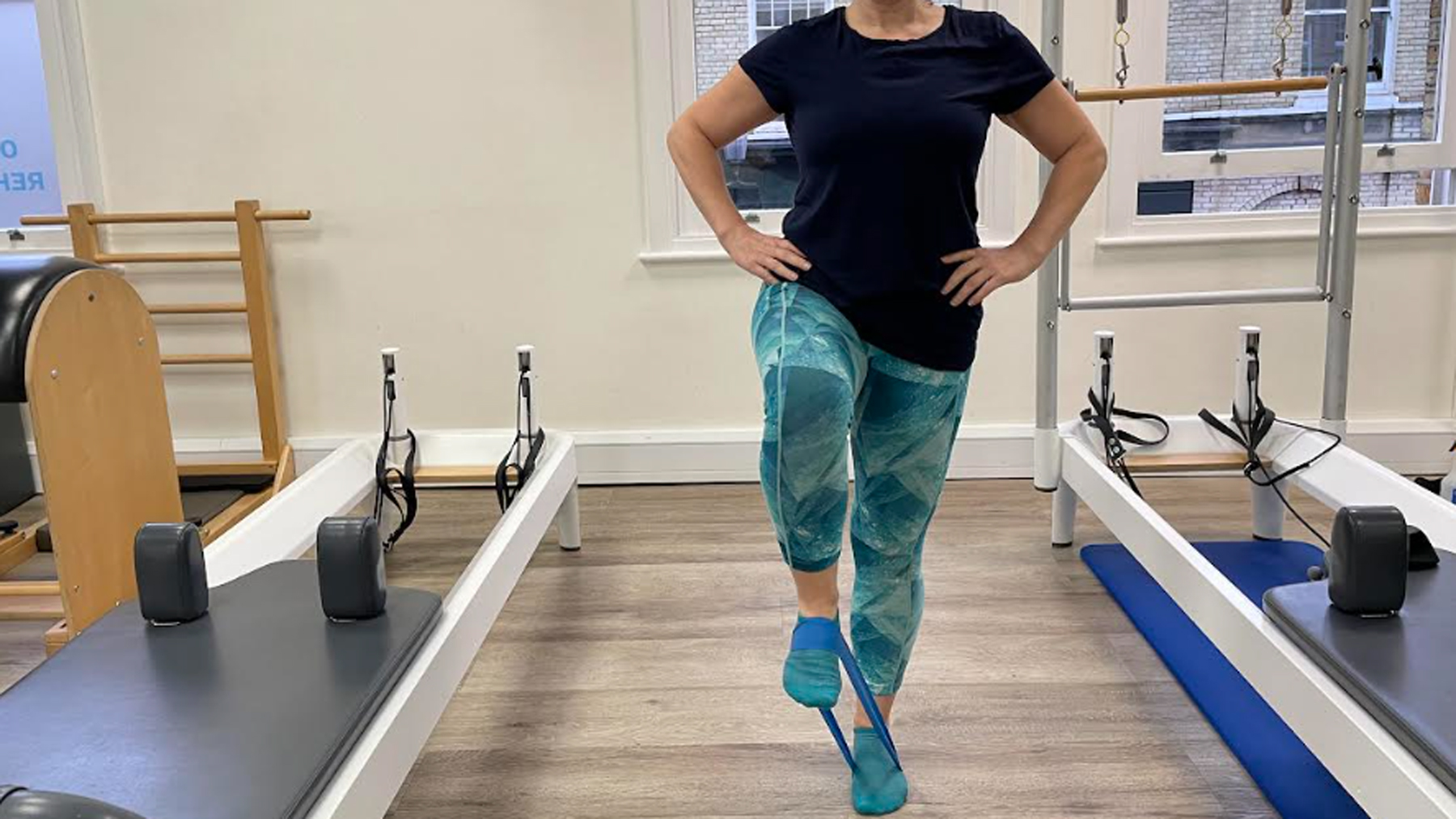
- Standing with your hands on your hips and a band around your feet (the heavier the band the harder the exercise!).
- Pull your foot up towards your chest quickly, tightening the band.
- Slowly lower it back down again, keeping it away from the floor.
- Repeat 12 reps each side.
- TOP TIP: If you want more weight you can do this with your foot looped through a kettlebell. Check out our verdict on the best kettlebell if you are on the market for one.
Mountain climber with sliders
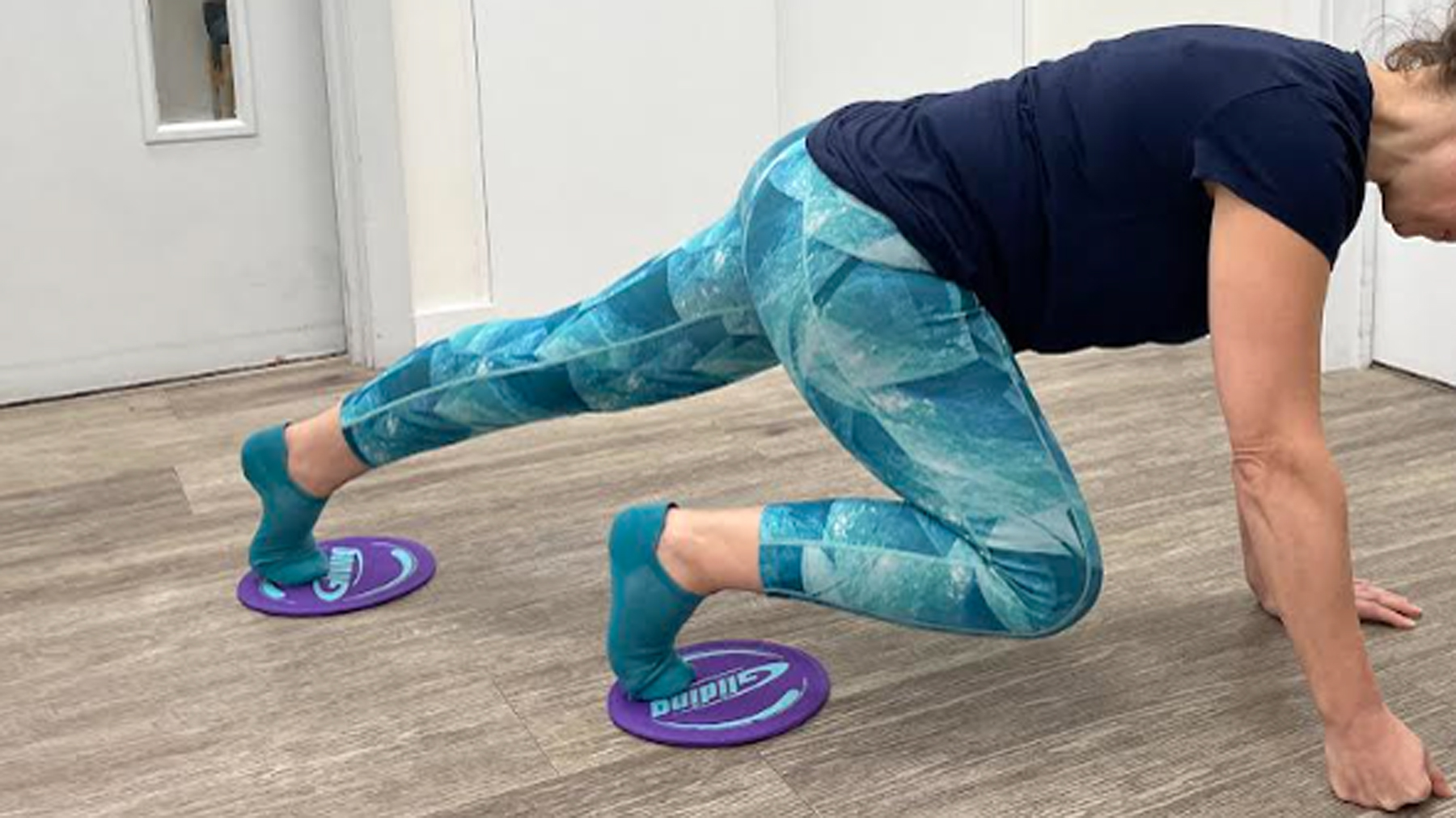
- Come into a plank position with sliders under both feet.
- Hold the position with your upper body and drag one leg in on the slider.
- Try and get your knee close to your chest.
- Switch legs over.
- Do 16 reps slowly and 16 reps quickly.
Benefits of strong hip flexors
Malaythong emphasized that the hips are essential for stabilizing your pelvis and spine during everyday activities. They play a crucial role in walking, standing, and various movements, providing the strength and support needed to minimize the risk of lower back injuries.
“Collectively, the hip flexor muscles work in synergy to enable the vital action of lifting your leg, whether it's stepping forward, running, or even the simple act of lifting your knee while walking,” Malaythong told us.
Take running, for example, the hip flexor muscles play an essential role in the generation of power and maintaining agility. When you're running, these muscles come to life with each stride you take.
As your foot pushes off the ground, the hip flexors, including the psoas major, iliacus, and rectus femoris, are responsible for initiating hip flexion. This action allows your thigh and knee to lift, driving the forward motion of your leg.
Other sports, such as soccer or gymnastics, can also exert significant strain on the hips, providing good reason to give some tender loving care to your hip muscles and help injury-proof yourself.







